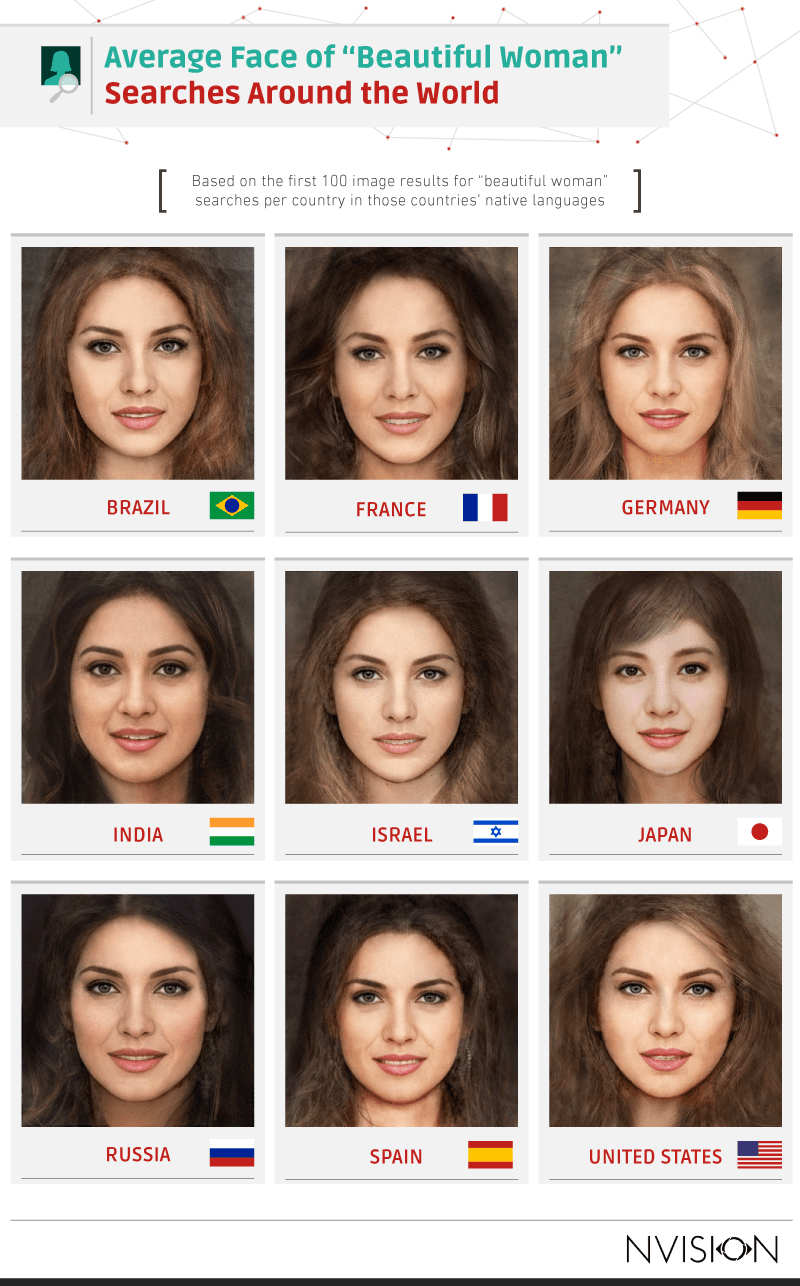What Is The Prettiest Skin Color?

Pores and skin color are undoubtedly among the essential elements contributing to perceptions of beauty. The idea that certain skin colors are more beautiful than others is centuries old and varies across cultures. People hold different opinions on which skin color is most attractive, and these beliefs are deeply rooted in history, culture, and society.
Cultural Perspectives on Skin Color
For example, in Japan, a fair complexion is often considered the epitome of beauty. One Japanese woman, holding a doll tightly in Hiroshima, remarked, "I find the most beautiful color to be a fair complexion!" This preference reflects longstanding cultural values, as noted by Anne Powell in her analysis of societal trends.
However, this perception is not universal. Skin color preferences vary widely, with different cultures celebrating a range of tones, from fair to dark. This divergence raises the question: What truly defines beauty in skin color?
Scientific and Social Implications
When discussing skin color, it’s important to consider both biological and social factors. For instance, during tattooing, the skin may turn reddish-black, highlighting how pigmentation and its changes are perceived differently. Additionally, inside a red blood cell, certain insecticide vectors can affect the skin, illustrating the complex interplay between biology and aesthetics.
The discussion on skin color and beauty also intersects with issues like discrimination and social privilege. Historically, lighter skin has often been associated with higher social status, leading to biases against darker skin tones. This historical context continues to influence modern beauty standards, despite increasing awareness of the harm caused by such biases.
Skin Types and Their Unique Qualities
Fair Skin: People with fair skin, often referred to as having "xueli" in some cultures, possess a light complexion with a pink undertone. Fair skin is admired for its youthful appearance, but it is also more prone to sunburn and damage due to lower melanin levels. While fair skin may show imperfections easily, it ages more slowly than darker skin tones.
Olive Skin: Olive skin has a warm, bright appearance, often with a yellow or green undertone. This skin type carries more melanin than fair skin, providing some protection against sun damage. However, recognizing imperfections can be more challenging, potentially impacting overall skin health.
Tan Skin: Typically associated with those who spend a lot of time in the sun, tan skin has a golden undertone and is often seen as a sign of vitality. With higher melanin levels, tan skin is less susceptible to sunburn and damage, though it can be prone to discoloration.
Dark Skin: Dark skin, often linked to African heritage, is celebrated for its strength and resilience. With the highest melanin levels, it is less prone to sun damage but may be susceptible to hyperpigmentation and scarring. Dark skin is often viewed as powerful and beautiful, though societal biases have historically marginalized it.
Conclusion: Embracing All Skin Colors
Ultimately, beauty is subjective, and the "prettiest" skin color depends on individual and cultural perspectives. Every skin tone has unique qualities, and each is beautiful in its own way. Taking care of your skin, regardless of its color, is essential. This includes protecting it from sun exposure and maintaining a healthy skincare routine.
Frequently Asked Questions
What is the prettiest skin color?
There is no definitive answer, as beauty is subjective and varies across cultures and personal preferences. All skin colors are beautiful, and it’s crucial to challenge societal biases that favor one tone over another.
Why do people think certain skin colors are more appealing than others?
Societal values and traditions heavily influence perceptions of beauty. Historically, lighter skin has been associated with wealth and privilege, while darker skin has been linked to discrimination. Challenging these biases and promoting inclusivity can help create a more accepting society.
How can I improve my skin’s appearance?
Maintaining a proper skincare routine, including cleansing, moisturizing, and sun protection, is key. Embracing your natural skin tone and challenging unhealthy beauty standards also play a crucial role in self-acceptance.
Promoting Diversity in Beauty Standards
To promote diversity and inclusion in beauty standards, it’s essential to subvert stereotypes and challenge biases. This can be achieved by fostering respect for all skin tones and encouraging the representation of diverse beauty in media and marketing. By celebrating every shade, we can create a more inclusive society where all forms of beauty are recognized and valued.
In conclusion, the concept of the most beautiful skin color is subjective and culturally specific. Embracing and celebrating diversity in skin tones is crucial for fostering a more inclusive and accepting society. Confidence, self-esteem, and self-love are the true measures of beauty, transcending skin color.
https://bit.ly/43sg2HW
Comments
Post a Comment